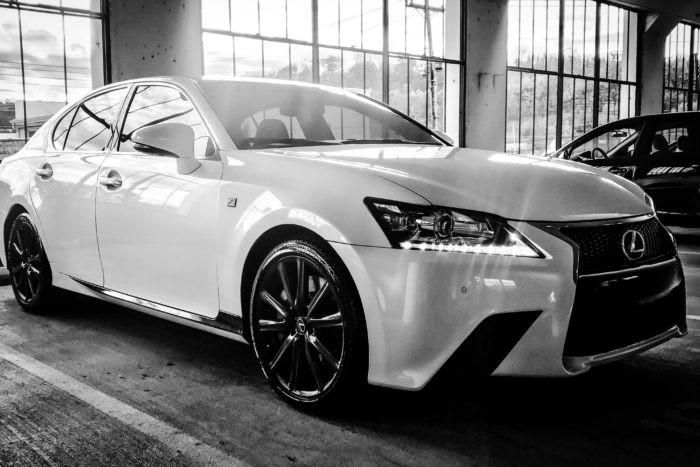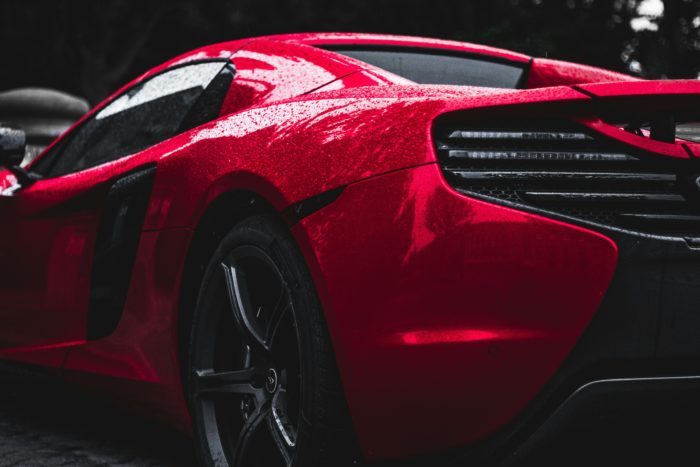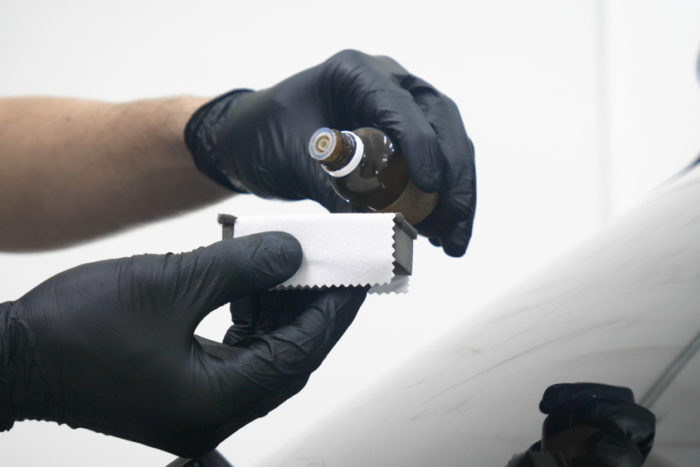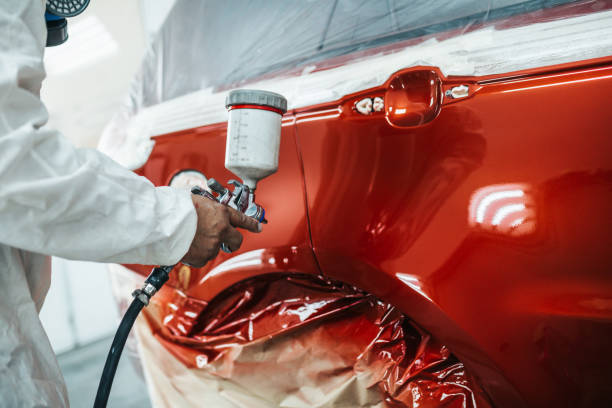What Is The Least Desirable Car Color?
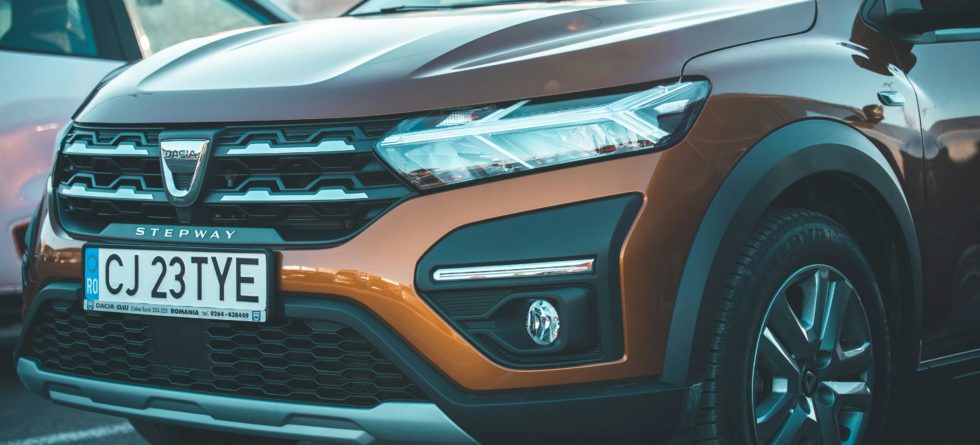
The least desirable car color can vary depending on regional preferences, trends, and the specific market segment (such as economy cars vs. luxury vehicles). However, historically and in various studies and sales data analyses, some colors tend to be less popular or considered less desirable among the general car-buying public. As of my last update in April 2023, one such color is:
Brown: Brown and certain shades of beige or gold often rank lower in popularity in many markets. These colors are sometimes perceived as dull or outdated, which can make them less appealing to buyers looking for a more traditional or vibrant color. Brown cars might have their niche audience who appreciate their earthy tones and uniqueness, but on a larger scale, they tend to be less sought after compared to more classic and neutral colors like black, white, silver, and gray.
It’s important to note that color preferences can shift over time due to changes in consumer tastes, cultural influences, and marketing trends. For instance, a color that is less desirable in one decade might see a resurgence in popularity in another, either due to retro trends or because of a rebranding by car manufacturers that positions the color in a new and appealing light.
Additionally, the context of the vehicle’s use and the brand identity can influence how a color is perceived. For example, a brown or beige color might be more acceptable and even desirable on SUVs or luxury vehicles, where such shades can evoke a sense of ruggedness, sophistication, or premium quality.
Despite these variations, when it comes to resale value and broad market appeal, more neutral and widely accepted colors like black, white, silver, and gray typically remain the safest choices, attracting a wider range of buyers and maintaining better resale value over time.


